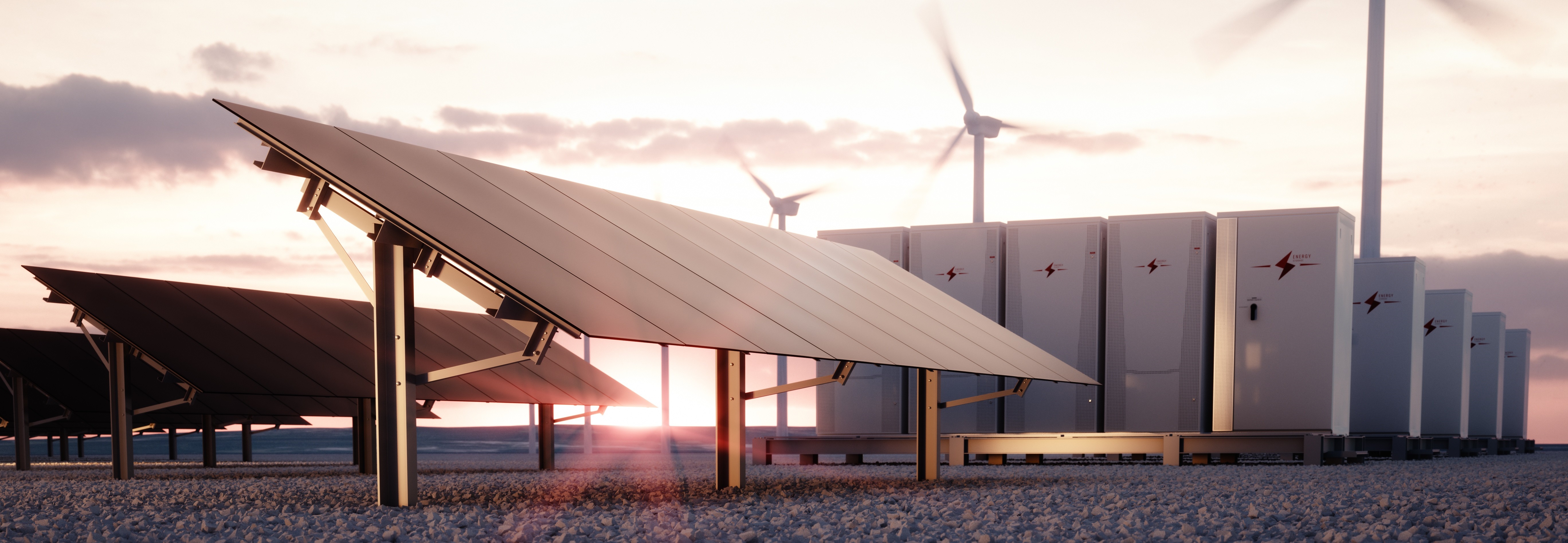The Challenging Path to Decarbonizing The Power Sector in Southeast Europe
The Challenging Path to Decarbonizing the Power Sector in Southeast Europe
USEA/USAID analysis projects the impact of decarbonization and clean energy on the
region’s electricity market and grid
Many countries across Southeast Europe (SEE) are now developing their national energy climate plans and developing their strategies to meet international climate milestones by 2030. Chief among these strategies is the retirement of existing lignite and coal generation plants and the addition of substantial renewable power generation. With that in mind, these countries need to anticipate:
- the impact of a substantial—if not extreme—change in the generation mix;
- the resulting reduction in CO2 emissions;
- the potential change in wholesale power prices;
- the ability of the grid to maintain network stability and reliability, while absorbing the projected changes in generation; and
- the degree to which they will need to rely on electricity imports from other countries or regions.
To address these needs, the USEA Energy Technology and Governance program, in cooperation with the United States Agency for International Development (USAID), recently completed an in-depth analysis of the network and market impacts of substantially decarbonizing the SEE electricity sector, and on each of its 11 countries, by 2030.
The key findings of this analysis show that:
- The current Ten-Year Network Development Plans prepared by transmission system operators in SEE already envision decommissioning 50% of the regional coal and lignite fleet by 2030. The analysis shows that the regional grid can accommodate a reduction of up to nearly 80% of the current coal and lignite fleet’s capacity, but natural gas generation must be the bridge to a decarbonized future.
- The region will require as much as 9 GW of new natural gas generation to replace the retired coal and lignite capacity by 2030, since other technologies are not yet ready to fill the gap. To accomplish this, the region must diversify its supply of natural gas so that no single supplier can jeopardize the security of supply.
- The countries in the region plan to more than triple the installed capacity of solar and wind power generation by 2030. While significant, this will not fill the gap created by the anticipated coal and lignite plant retirements, due to the intermittency and low capacity factors of renewable generation.
- USEA estimates that the region will require approximately $50 billion by 2030 to bring the new required generation online. To mobilize private financing to support this massive change in the electric generation mix, SEE will need: a competitive, geographically broad wholesale electricity market integrated with the European wholesale market; appropriate regulatory frameworks; and streamlined permitting and licensing procedures.
- Wholesale electricity prices in SEE will rise considerably as markets integrate and all countries adopt CO2 pricing and more natural gas generation by 2030. Government policy makers and national regulatory authorities should anticipate these changes and institute policies and measures to ensure a just transition, particularly for vulnerable populations.
- CO2 emissions will fall to 50% of today’s level if the planned lignite retirements and renewable additions occur by 2030. However, the high capacity factor of the remaining coal and lignite plants and the new natural gas capacity will limit the total reduction to 60% of today’s level.
- Electricity imports in SEE would rise considerably by 2030 as the region decarbonizes. Though the region’s transmission network is sufficiently robust to accommodate imports from several sources, it is unclear whether neighboring countries will have enough power to export if they are going through the same transition. If the region is unable to import, then reliability could fall, and wholesale power prices could skyrocket.
These simultaneous changes will be challenging and will require proactive measures well before 2030. Transmission grid and market operators in the region should utilize the results of this USEA/USAID study to anticipate the impacts of deep decarbonization now, and work effectively with regulators, policymakers, private investors, and other stakeholders on potential solutions to ensure that the region’s path—and the paths of each individual country—to a clean and reliable electricity future is a smooth one.
For more information, view the Executive Summary of the "SEE Decarbonization in 2030" Final Report.

